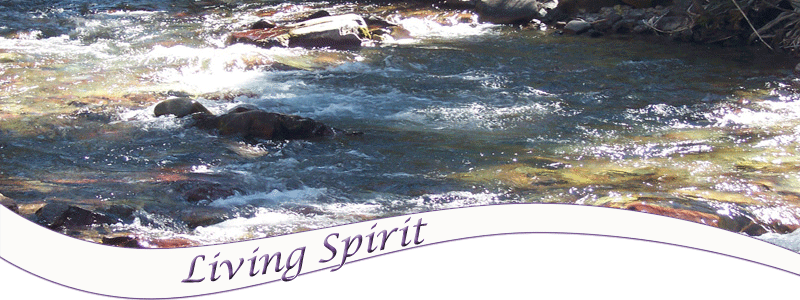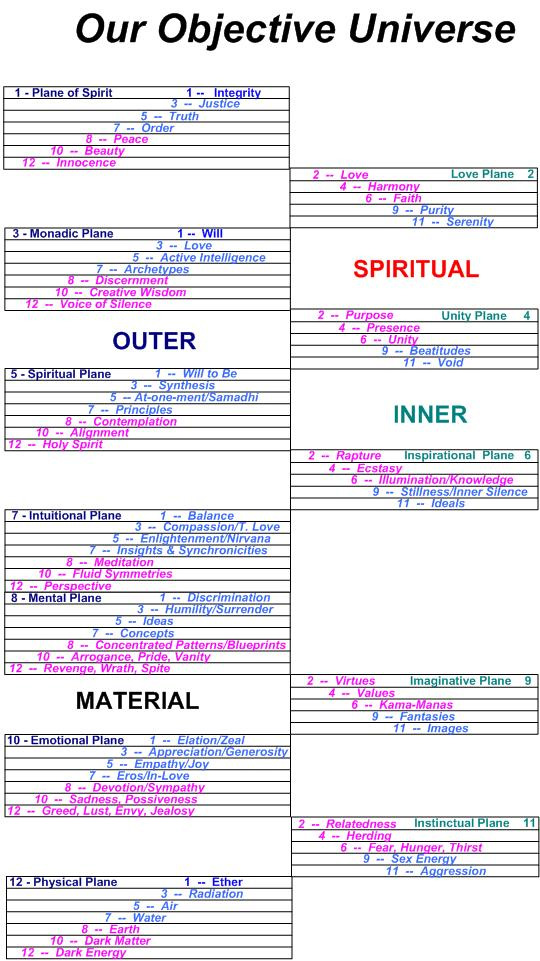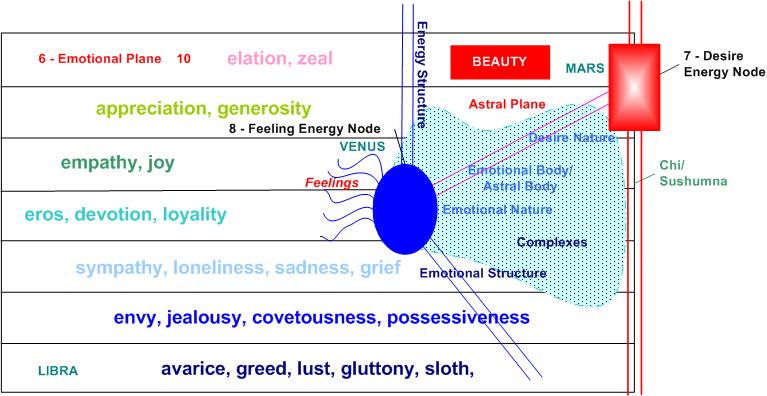Feeling Senses
Take a Journey through our
Spirit/Matter Universe
Our Closest Source of
Beauty & Meaning
by Jef Bartow
Our articles are available for reproduction for all members. Please give credit to the author.
For non-members, contact us for permission to reproduce articles.
Our Energy Structure
Emotional Energies/Matter
I think we would agree that some of the most putrid emotional energies that we experience are greed, gluttony and lust. Each of these I consider an exaggerated emotional state. I also include avarice (excessive desire for money and riches) in the same category. Finally, sloth being excessive laziness or lack of motivation becomes a heavy emotional inhibitor in life. So our lowest subplane is comprised of exaggerated overindulgences.
Not too far removed from these is our next subplane composed of envy, jealousy, covetousness and possessiveness. I would put all of these in the category of relating to others as each includes some form of resentful focus. Moving up, we find the emotional energies we all have experienced at one time or another. Each one of these shown in the Figure is not very desirable, but results from both relating to others or some level of selfish orientation.
Central to our human emotionality is devotion, loyalty and eros. From a human point of view, devotion and loyalty are considered positive. From a spiritual perspective, they continue a major form of attachment to matter and humans which ultimately inhibits spiritual growth. As to eros, we are bombarded by the benefits and positive desire for being in-love. Unfortunately, this is an attached form of love of self or others based on personal gratification.
As a higher form of sympathy, empathy is a more positive way of relating to others. As sympathy is the attached suffering we experience when dependently connected to our own emotions and those of others, I define empathy as the ability to feel and understanding the suffering of others based on our own experiences of suffering. This is why I conclude that empathy is both an emotional state and one of our feeling senses. As to joy, it is a natural response to our processing of external stimulus from our feeling sense of pleasure and pain. Of course, it is normally related to the positive feeling of pleasure.
As we move to the higher subplanes of our emotional world, we come to another emotional energy which is also a feeling sense. Our emotion of appreciation is created when our feeling of appreciation is linked with other levels of experience. I consider appreciation equal to Eastern mysticism's "reverence for life." We’re able to see and experience the aesthetic beauty in all of nature.
Our feeling sense of aesthetic perceiving is the "attitude of savoring, enjoying, appreciating, caring, in a noninterfering, nonintruding, noncontrolling way." By doing so, we recognize and objectify the meaning and beauty inherent in all of life.
For me, a natural byproduct of appreciation is generosity. Abundant giving is a characteristic of love. The energy of generosity becomes a result of our focus to abundantly share our reverence for life in all its forms. From another perspective, appreciation and generosity become the more spiritualized counterparts of loneliness and sadness.
Finally, we come to the highest forms of emotionality. I consider them elation and zeal. Elation, as an exultant emotion which raises our spirits and lifts us up is simply a more spiritual form of joy. Zeal, on the other hand, is an intense state of excited enthusiasm as in our praise for some cause or ardent endeavor. To me, this becomes a more spiritualized state of devotion. Together, these intense emotional energies catapult us out of the murky waters of our lower emotions and connect us with some of the highest energies in the spiritual planes.





